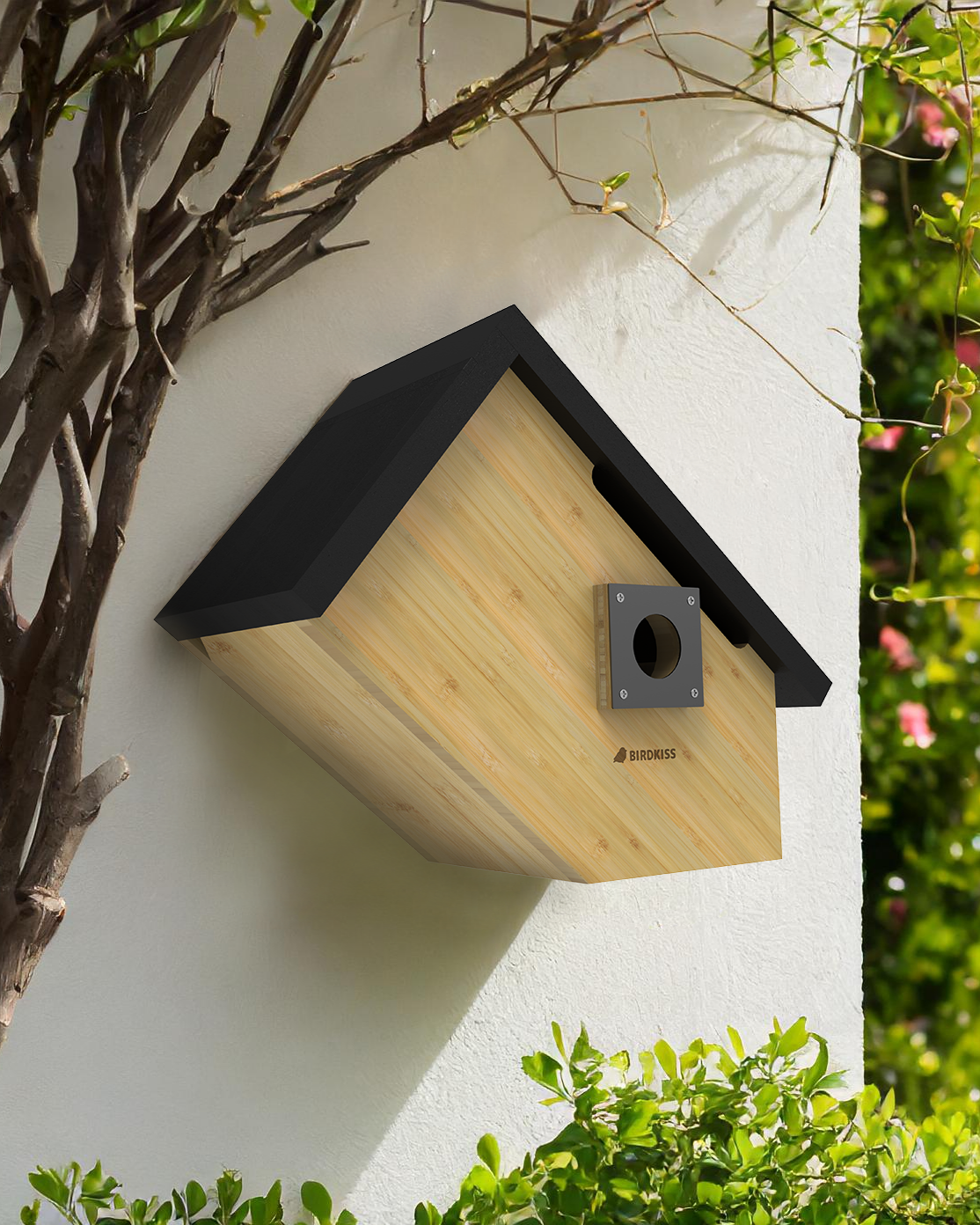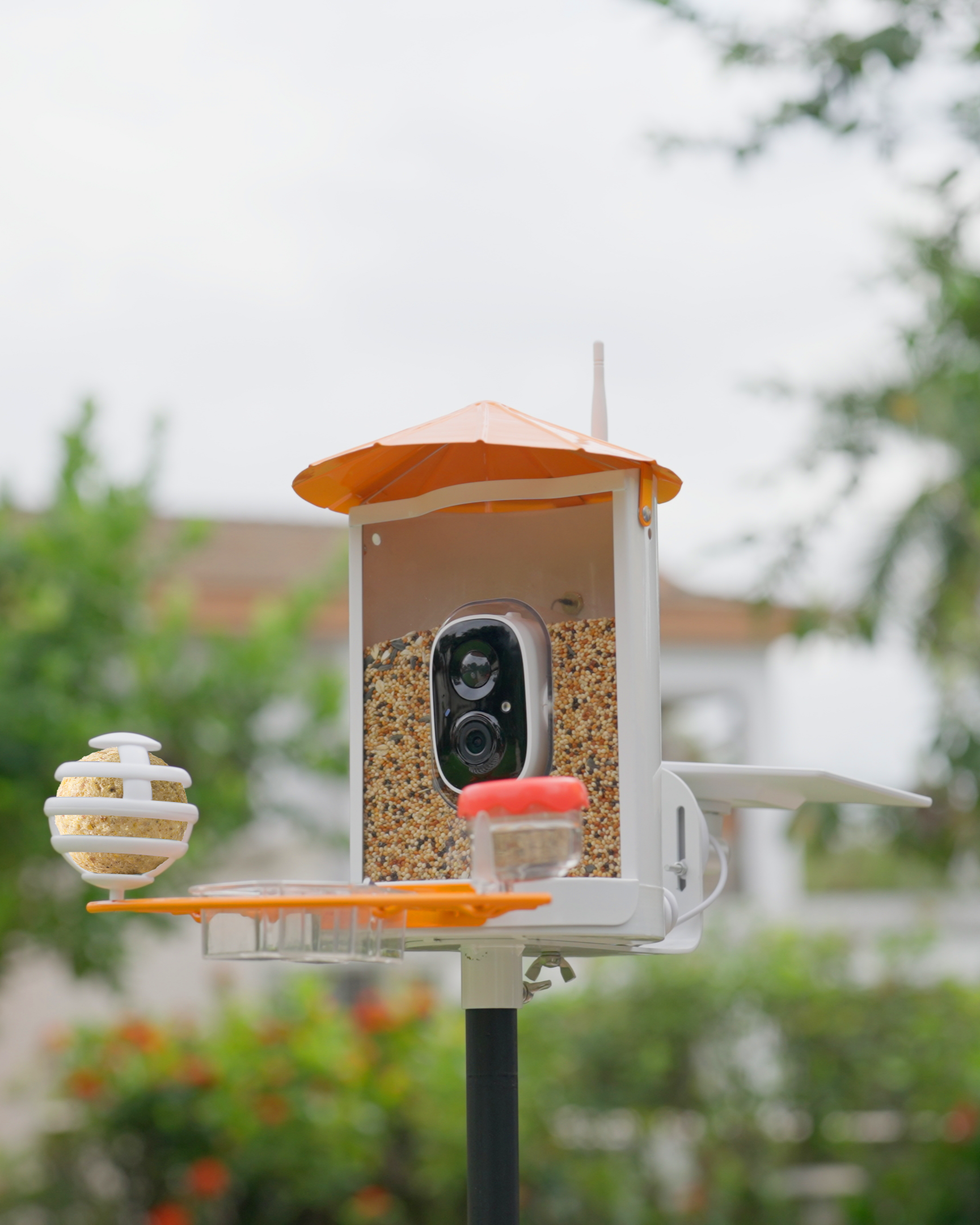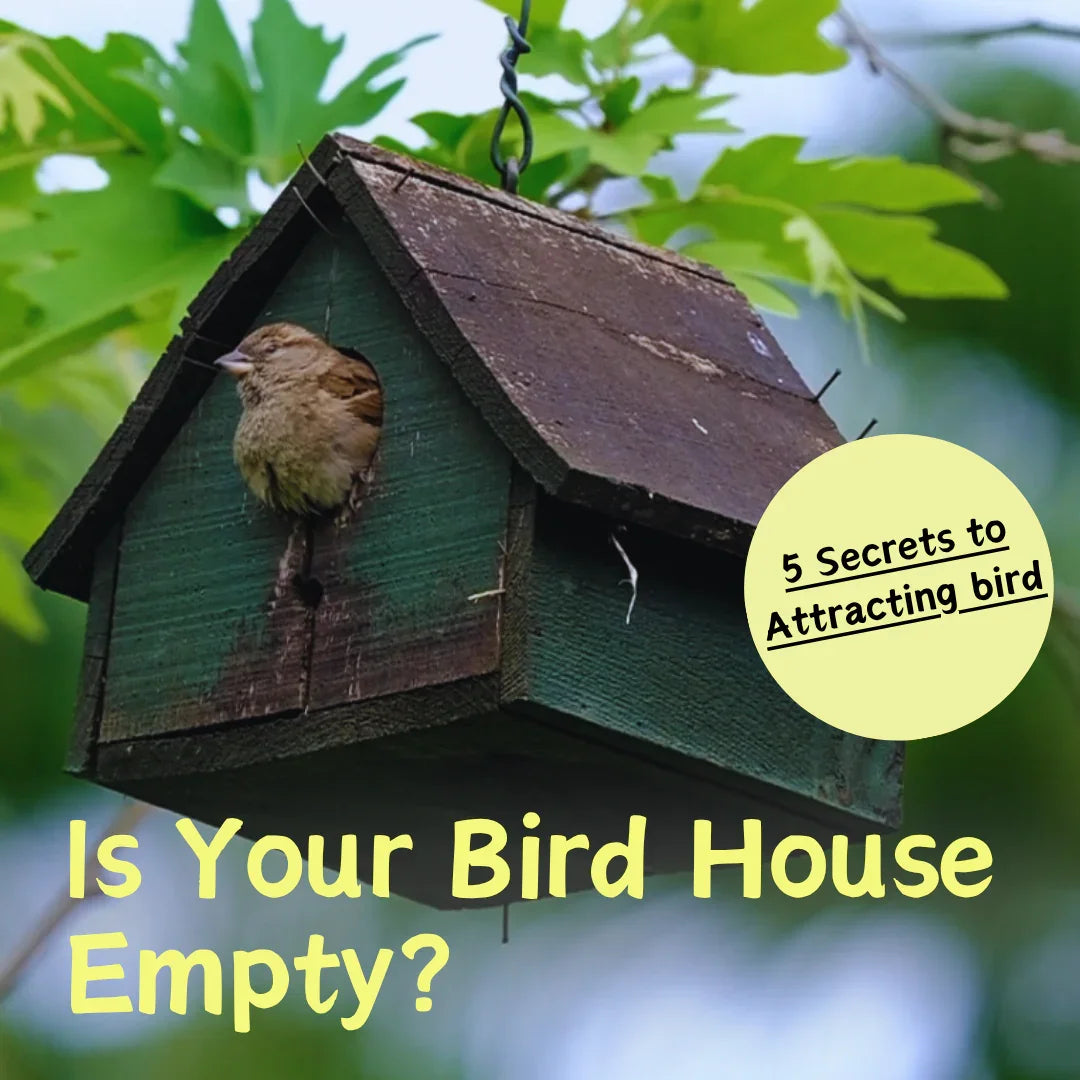So, you’ve set up a charming birdhouse in your yard, picturing a lively scene with birds zipping in and out. But so far… nothing. Don’t worry — transforming that quiet box into a bustling bird home often takes just a few smart tweaks. Here are five secrets to help turn your empty bird house into a thriving nest site.
1. It’s Not Just a Box — It’s a Home
When browsing bird houses for sale, it's easy to be drawn to colorful, decorative designs. But birds are practical — they prefer a bird house made of natural, unpainted wood. It’s breathable, safer, and doesn’t overheat.
Perches may look cute, but they can invite predators. More importantly, the size of the entrance hole matters. A smaller opening keeps out larger, aggressive birds and predators, offering smaller species like wrens and chickadees a secure space to nest. A strong relationship between bird and house starts with safety.
2. The View Matters (to a Bird)
Where you place your bird houses makes all the difference. Birds look for secure locations with a stable structure and good visibility.
Ideally, mount the bird house 5 to 10 feet off the ground, using a pole or tree trunk. Avoid hanging birdhouses, which sway in the wind and feel unstable. The entrance should face away from prevailing winds and hot afternoon sun — a northeast-facing direction is often best. Make sure there's a clear, open flight path to the entrance, free from tangled branches, so birds can easily escape if threatened.
3. The Ultimate Draw: A Bluebird House
Dreaming of attracting the brilliant blue bird? You’ll need a true bluebird house. These are built to match the bluebird’s nesting needs, with the right floor space, cavity depth, and entrance hole size.
Place the bluebird house in an open, grassy area rather than dense woods. Blue birds love to hunt insects in open lawns, so the surrounding space is just as important as the house itself. Done right, it's like putting up a glowing “Welcome, Blue Birds” sign.
4. Create a Full-Service Neighborhood
Even the best birdhouse won’t succeed without the right surroundings. Birds settle where their basic needs are met — and that includes food, water, and shelter beyond the bird houses themselves.
A shallow birdbath provides water for drinking and bathing — a key attraction. Native plants are especially valuable because they support native insects, the primary food source for nesting birds and their chicks. Leaving a small brush pile with twigs and leaves in a corner of your yard offers shelter and free nesting material. Together, these elements make your bird houses part of a true bird-friendly neighborhood.
5. Be Patient — and Keep It Clean
Sometimes, it takes a full season before birds trust and move into a new birdhouse. Don’t get discouraged — patience pays off.
After a nesting season ends (typically by late fall), open the bird house and clean it thoroughly. Remove the old nest and rinse the inside with a solution of one part bleach to nine parts water. Let it dry completely before closing it up for winter. A clean birdhouse is far more likely to be chosen by next spring’s feathered house hunters.
With a few simple adjustments, you can turn your yard into a thriving home where bird and house come together in harmony. And when a blue bird finally peeks out from your bluebird house, you’ll know your efforts have truly paid off.
Curious which birds your birdhouse is best suited for? Check out the Cornell Lab’s “Right Bird, Right House” tool — it’s a great way to find the ideal feathered tenants!







Leave a comment
All comments are moderated before being published.
This site is protected by hCaptcha and the hCaptcha Privacy Policy and Terms of Service apply.